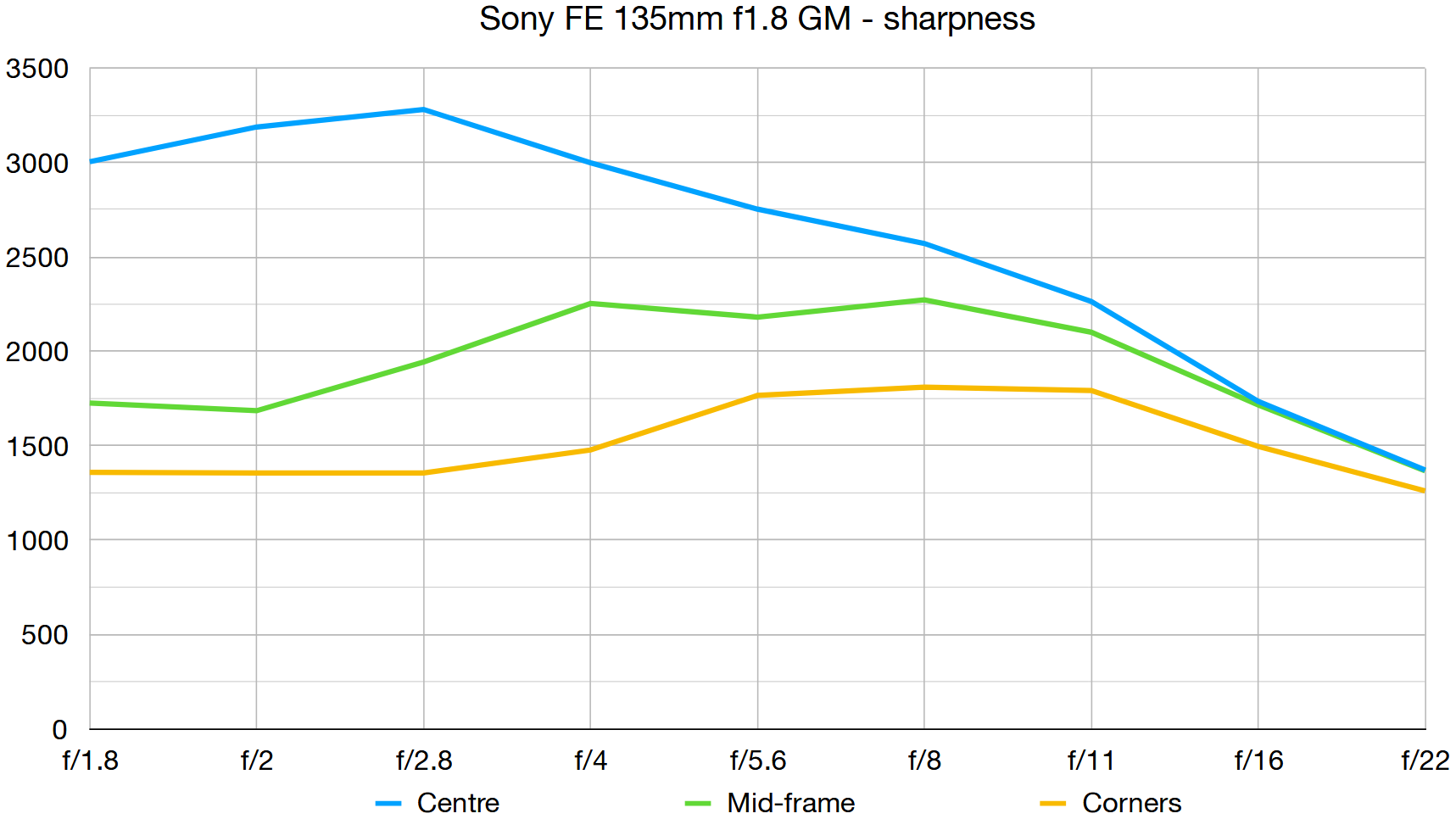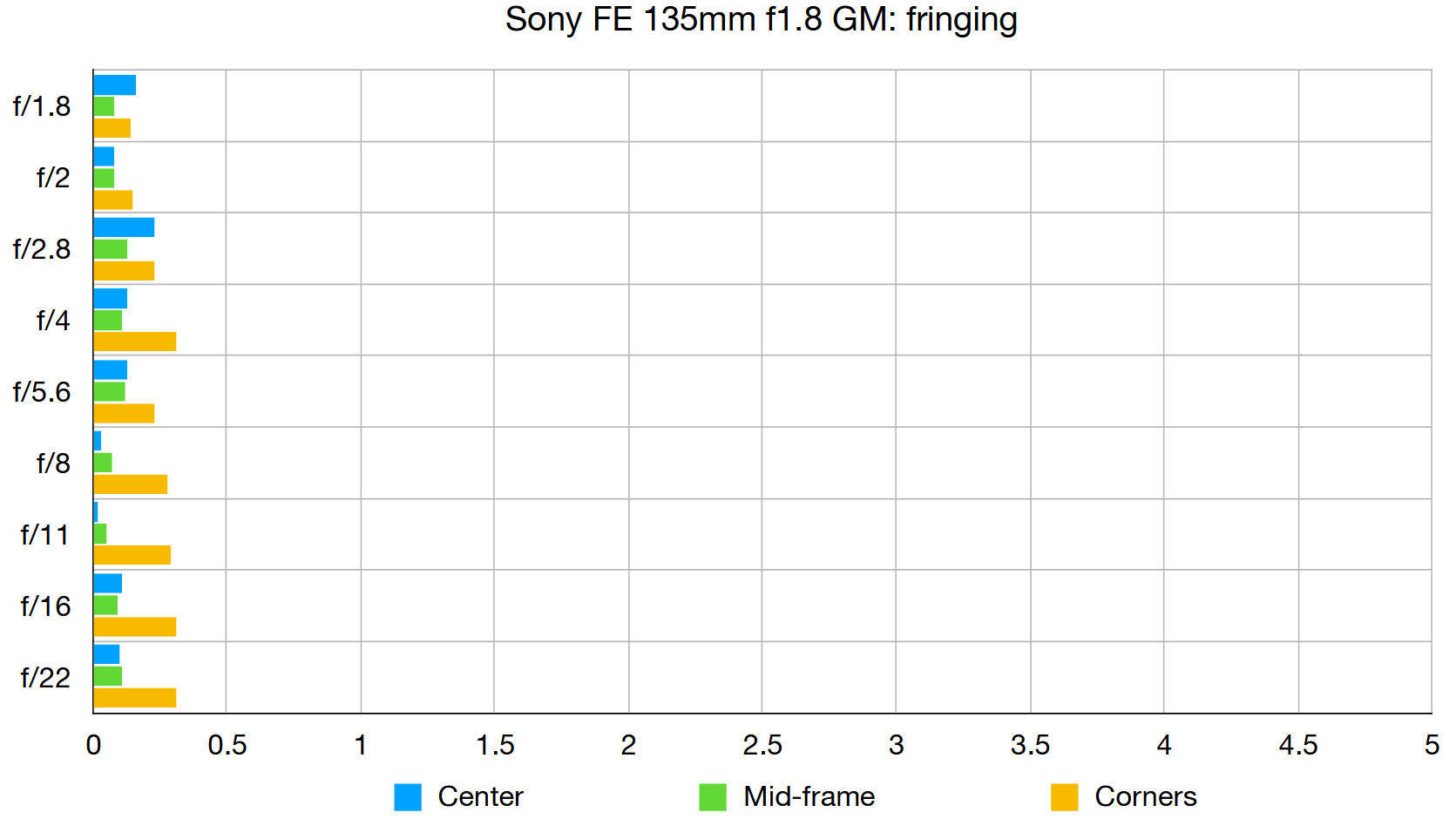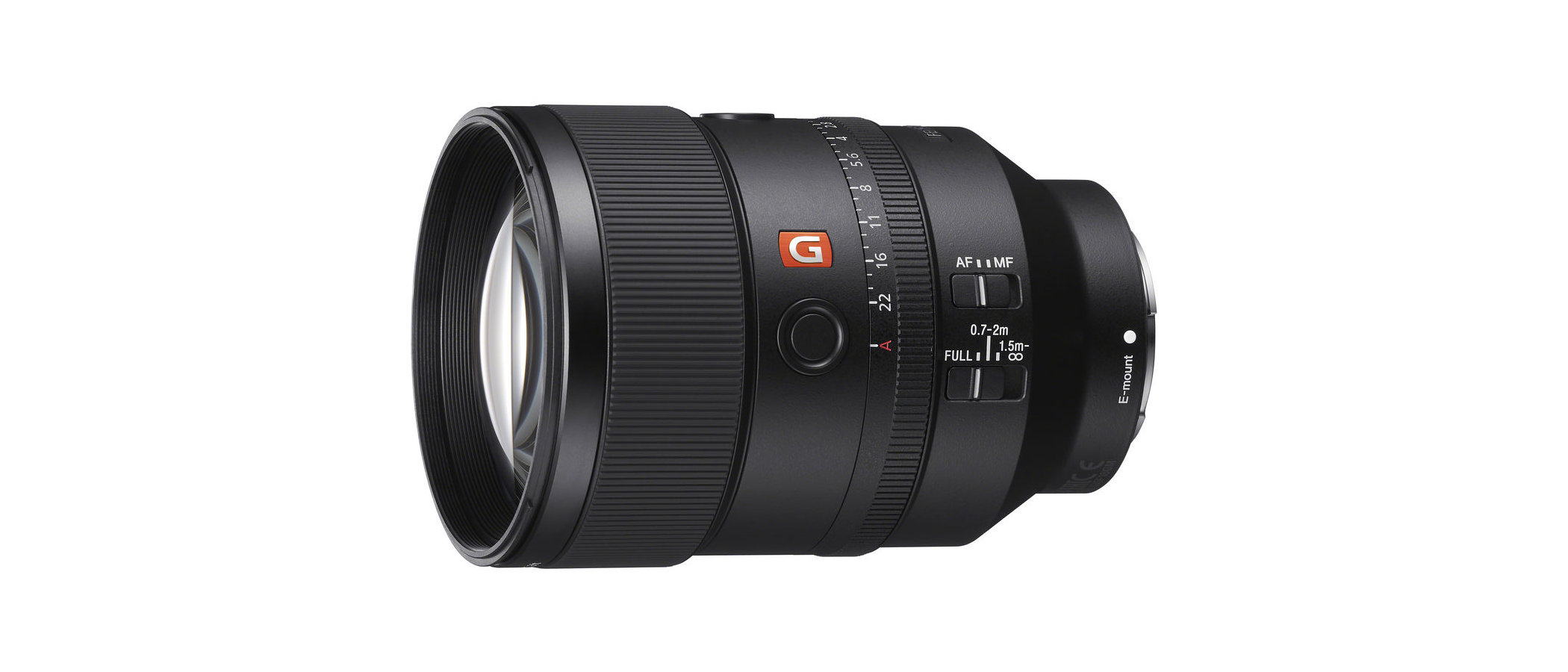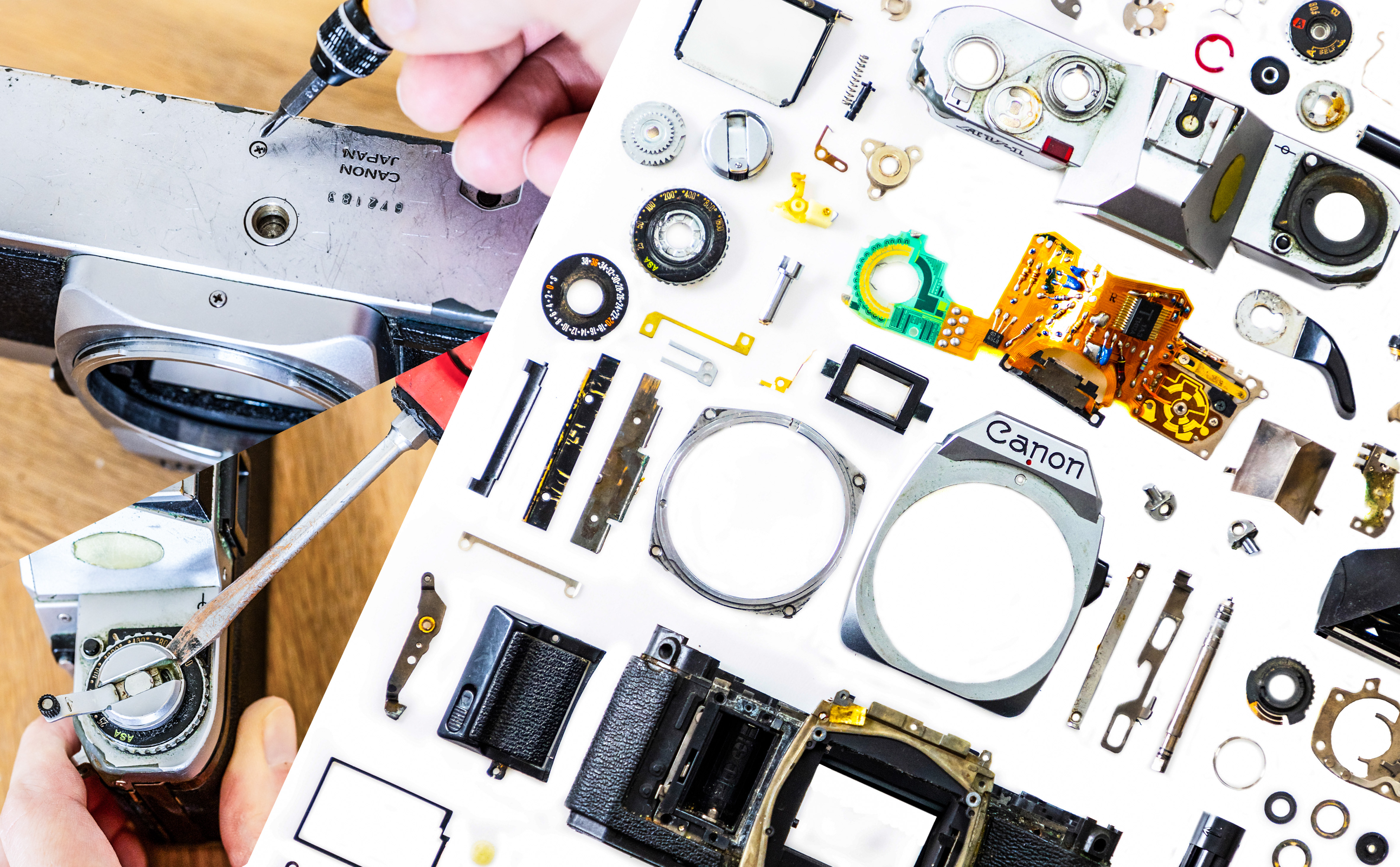Digital Camera World Verdict
The upsized sibling to the Sony FE 85mm f/1.4 G Master, this 135mm lens delivers similarly superb all-round performance and gorgeous bokeh. Build quality is rock-solid and handling is sublime, although it’s a weighty proposition at just under a kilogram. The tough decision is which focal length you find more appealing, the 135mm working better for tight head-and-shoulders portraiture.
Pros
- +
Sharp but with smooth bokeh
- +
High-end handling
- +
Top-class build quality
Cons
- -
Heavy at 950g
- -
Weighty price tag
- -
No optical stabilization
Why you can trust Digital Camera World
The Sony FE 135mm f1.8 GM is typical of Sony’s G Master lenses, which have earned a solid reputation for overall performance and image quality in general, and for beautiful bokeh in particular. While the FE 85mm f/1.4 G Master will be seen as the most ideal portrait lens by many, the 135mm gets you closer while maintaining a natural shooting distance, thus working really well for close-up portraits, and any other shooting scenario that calls for impeccable image quality at this focal length.
Specifications
Mount: Sony E (FE)
Sony product code: SEL135F18GM
Full frame: Yes
Autofocus: Yes
Image stabilisation: No
Lens construction: 13 elements in 10 groups
Angle of view: 18 degrees
Diaphragm blades: 11
Minimum aperture: f/22
Minimum focusing distance: 0.7m
Maximum magnification ratio: 0.25x
Filter size: 82mm
Dimensions: 90x127mm
Weight: 950g
Key features
Top of the features list is a high-grade optical path that includes XA (eXtreme Aspherical), Super ED and regular ED elements, along with an 11-blade diaphragm that maintains a particularly well-rounded aperture when stopping down a bit. For hands-on aperture control, there’s a physical aperture control ring with one-third f/stop click steps and a straightforward de-click switch to enable smooth transitions during movie capture.
Autofocus speed can be a little pedestrian in some fast-aperture primes but the Sony’s dual XD (extreme dynamic) linear motors go about their business with speedy precision and in virtual silence. The lens also features two customizable AF hold buttons on the barrel, as well as an autofocus range limiter.
Performance
Along with impressive sharpness and contrast, the lens delivers sumptuously smooth bokeh, helped not only by the long focal length but also by the sheer optical quality. The only slight niggle is that defocused lights near the edges and corners of the frame can take on a very elliptical appearance.
Lab results
We run a range of lab tests under controlled conditions, using the Imatest Master testing suite. Photos of test charts are taken across the range of apertures and zooms (where available), then analyzed for sharpness, distortion and chromatic aberrations.
We use Imatest SFR (spatial frequency response) charts and analysis software to plot lens resolution at the center of the image frame, corners and mid-point distances, across the range of aperture settings and, with zoom lenses, at four different focal lengths. The tests also measure distortion and color fringing (chromatic aberration).
Sharpness:

Centre-sharpness is phenomenal but extreme edge-sharpness is a little more average at wide and narrow apertures.
Fringing:

There’s no color fringing to speak of. Control over both lateral and axial chromatic aberrations is another area in which the lens really excels.
Distortion: 0.64
There’s just a touch of pincushion distortion but it’s generally unnoticeable, even with in-camera correction switched off.
Verdict
The upsized sibling to the Sony FE 85mm f/1.4 G Master, this 135mm lens delivers similarly superb all-round performance and gorgeous bokeh. Build quality is rock-solid and handling is sublime, although it’s a weighty proposition at just under a kilogram. The tough decision is which focal length you find more appealing, the 135mm working better for tight head-and-shoulders portraiture.
Read more:
• Best camera lenses to get
• Best Canon lenses
• Best Nikon lenses
• Best Sony lenses
Matthew Richards is a photographer and journalist who has spent years using and reviewing all manner of photo gear. He is Digital Camera World's principal lens reviewer – and has tested more primes and zooms than most people have had hot dinners!
His expertise with equipment doesn’t end there, though. He is also an encyclopedia when it comes to all manner of cameras, camera holsters and bags, flashguns, tripods and heads, printers, papers and inks, and just about anything imaging-related.
In an earlier life he was a broadcast engineer at the BBC, as well as a former editor of PC Guide.



